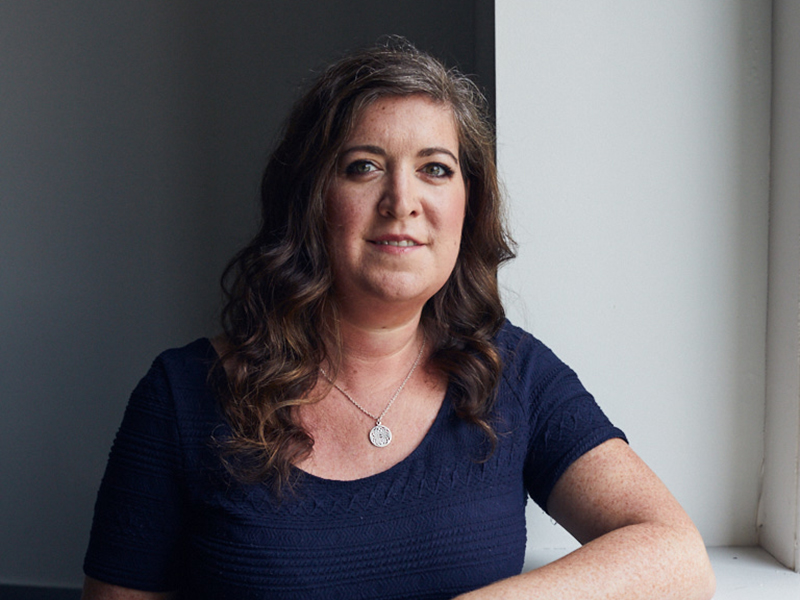
Though I don’t consider myself particularly tech-savvy, I use my smartphone and laptop in every avenue of my life.
I communicate via email, text, social media and FaceTime. I shop online with the click of a mouse. I arrange travel through my smartphone, whether ordering a car or booking and boarding a flight. I use an app to update my pension contributions and investment funds. Ditto for paying my bills and mortgage, and submitting claims through my health benefits plan.
But can new technologies really take over every single part of our lives?
While dipping into digital developments, I’ve also long advocated the importance of in-person, face-to-face interactions, particularly in the realm of health care. I know progress isn’t slowing down in this space, but there are certain appointments that just can’t translate into the virtual world.
Read: Virtual care among ‘dramatic change’ predicted for benefits plans in future
If I have to see a physiotherapist, a dentist or a massage therapist, for example, an in-person appointment is definitely required. I mean, I’m all for the fast pace of change, but I just don’t see virtual dentistry taking off any time soon.
On the other hand, for many years, I’ve sat across from my psychotherapist in an office once a week. But recent circumstances forced me to reach outside my comfort zone and my appointments are now over FaceTime. Honestly, I was a skeptic, but it’s simplified my life, saved me time and hasn’t affected my treatment at all.
My first experience with virtual health care was several years ago, courtesy of the U.K.’s National Health Service. Its online service, NHS 111, is available 24 hours a day, seven days a week, and is designed to guide patients to the right medical contact.
After an unfortunate battle with a piece of hard cheese, I called the hotline to find out if I required stitches instead of wrapping up my finger and rushing to the emergency room. The service acts as a triage of sorts from the comfort of your home. Imagine how much simpler it would be to determine the extent of an injury before spending hours in an emergency room, clinic or doctor’s office?
Read: Majority of Canadians have taken time off work for medical appointments: survey
These types of health-care services — now available in some parts of Canada — are serious time savers. Translate them into the workplace and employers are likely to see less absenteeism and increased productivity. Indeed, three-quarters of Canadian employees have taken time off work for a medical appointment, according to a survey published last year by virtual health-care company Wello. And a survey by the Canadian Medical Association found 69 per cent of Canadians have used virtual visits for at least a few of their appointments with physicians.
While Canada still lags behind the U.K. on this front, we’re progressing at leaps and bounds. Insurers, along with an increasing number of new health-care providers, have been busy on the technology front over the past few years. Check out what’s new in our annual Group Benefits Provider Report.
Before this issue went to press, I looked back at news stories on BenefitsCanada.com since last year’s report was published and found the following words in abundance — technology (19), online (14), data (12), AI (9), virtual (9), digital (7), analytics (3) and disruption (2). And this doesn’t even include the dozens of stories referring to technological advances without spelling it out in the headline.
Read: Majority of Canadians would take advantage of virtual doctor visits: survey
All this to say, developments in digital health care aren’t slowing down. And, while I appreciate that these services won’t be right for every appointment or every patient, there’s definitely something to be said for face-to-face interaction with our health-care providers.
But if you asked me a year ago whether I would embrace online therapy, I would have answered, “Definitely not.” And look at me now. I’m excited to see what’s coming next.
Jennifer Paterson is the editor of Benefits Canada.
